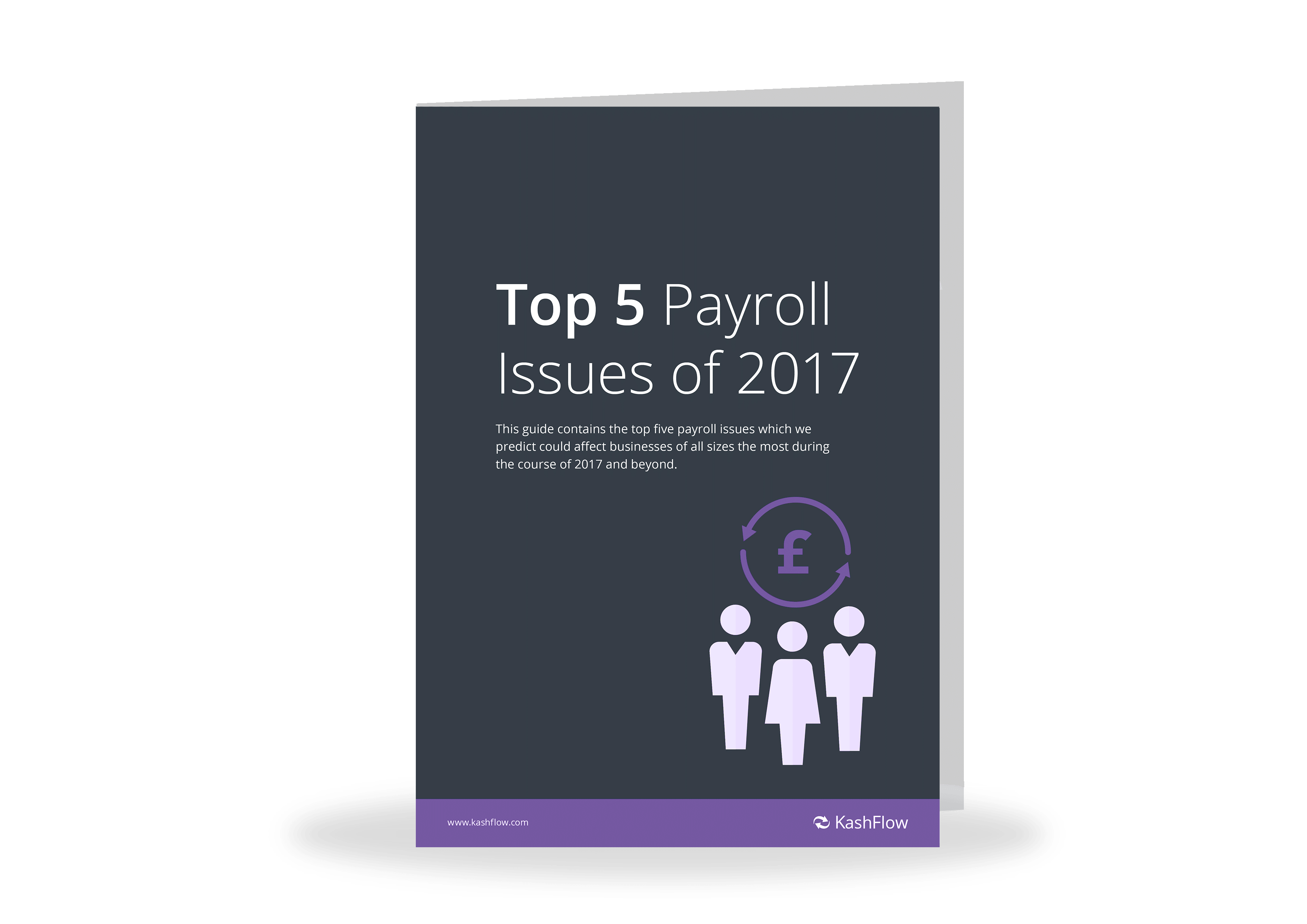A Guide to Emergency Tax
What is emergency tax?
Emergency tax codes are issued when HM Revenue and Customs don’t have enough information about an employee’s income and tax details for a tax year and they can’t issue the correct tax code.
As an employer, you can use these emergency tax codes to work out how much tax to deduct from their wages.
When will employees get an emergency tax code?
Your new employees will get an emergency tax code if you’re not sure which tax code to put them on.
This is sometimes the case when you have a new starter, especially if they don’t have a P45, haven’t had a job before or have come from self-employment.
Employees may also be put on an emergency tax code when they start receiving company benefits, or if they’ve started receiving the State Pension but are still working.
Emergency tax codes
The emergency tax codes for 2017/18 are:
- 1150L W1
- 1150L M1
- BR
- 0T
1150L W1 / M1 emergency tax code
If employees declare they have been receiving taxable Jobseeker’s Allowance, Employment and Support Allowance… [etc.] on their Employee Statement then they’ll get an 1150L W1 / M1 emergency tax code.
W1 refers to weekly payments and M1 refers to monthly payments. With this code, you’ll calculate your employees tax based on what they’re paid in the current pay period rather than the whole year.
They’ll be entitled to the Personal Allowance, which is currently £11,500, and will pay income tax on anything above this.
These emergency codes may result in your employees paying the correct amount of tax, as it works on the assumption that you’re entitled to 1/12th (M1) or 1/52nd (w1) of your annual Personal Allowance.
Employees won’t necessarily see the W1 or M1 code, and it’ll be removed if / when they move on to the standard 1150 code.
 BR emergency tax code
BR emergency tax code
If, in addition to their new job, your employees have another job or receive and State / Occupational Pension, then they may have a BR emergency tax code.
If employees have the BR tax code, then they won’t receive their Personal Allowance of £11,500. This means they’ll pay the Basic Rate of 20% on all of their earnings.
The Basic Rate of tax should be charged on earnings between £11,501 and £45,000.
0T emergency tax code
If you don’t have enough information to complete a Starter Checklist, then you’ll have to give your new start a 0T emergency tax code.
This works similarly to the BR tax code, but takes higher and additional rate taxpayers too.
- Those earning between £11,501 and £45,000 will pay the Basic Rate of 20% on their earnings.
- Employees earning between £45,001 and £150,000 will pay the Higher Rate of 40%.
- Those earning over £150,000 will pay the Additional Rate of 45%.
Again, the employee will not receive their Personal Allowance until they are on the correct tax code.
How to confirm a tax code
To confirm a new employee’s tax code, you’ll need your PAYE Reference Number and the employee’s National Insurance number.
When you have these, call HM Revenue and Customs on 0300 200 3300 to confirm the employee’s current tax code.
This number can be reached 8am to 8pm Monday to Friday, then 8am to 4pm on Saturday and 9am to 5pm on Sunday excluding holidays.
If you can’t get your employee’s National Insurance number, then leave it blank on the Full Payment Submission (FPS). Do not use a false number.
Processes moving forward
Once your employee has provided you with their P45, or other details of their previous income and tax, then you can pass this on to HM Revenue & Customs and they’ll update their records. HMRC will then send your employee a PAYE Coding Notice containing their new tax code.
Once you receive this information, you should update your payroll software.
Employees should also review their P60 at the end of the tax year to see whether they’re entitled to a tax refund as overpaid tax can be reclaimed from HMRC.
Standard 1150L tax code
1150L is the “standard” tax code used in 2017/18.
This gives you the tax free personal allowance of £11,500 for the tax year. If you don’t have any taxable benefits (such as those specified on the P11D form) then the 1150L code should mean your employees are paying the right amount of tax in the tax year 2017/18.
The 1150L tax code is cumulative, which means the employee’s income tax and tax-free pay are calculated on each payday. This calculation will take into consideration the total pay and personal allowance employees are entitled to from the start of the tax year in April.
By this method, your employees will receive 1/12th of their personal allowance each month – and will have receive it all by the end of the tax year.
Employees will get the 1150L tax code if they declare they have not been receiving taxable Jobseeker’s Allowance, Employment and Support Allowance… [etc.] on their Employee Statement.
Tax codes in KashFlow Payroll
KashFlow Payroll includes a Starter Declaration so that, when you add a new employee, you can work out which tax code they need to be on – even if it is an emergency tax code.
KashFlow’s Payroll software is also HMRC-recognised and RTI compliant. This means that, as a small business, you’ll be able to handle complex payroll tasks – from adding new starters to registering leavers and contributing to workplace pensions.
To learn more, visit https://www.kashflow.com/payroll/ or start a free trial today.

